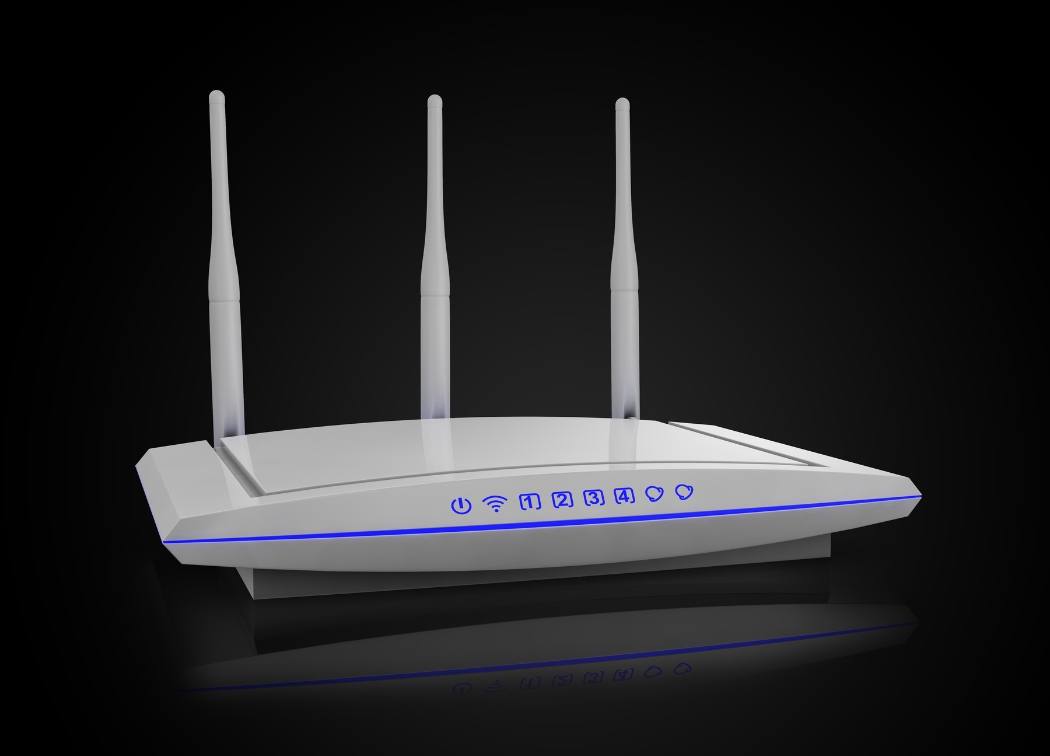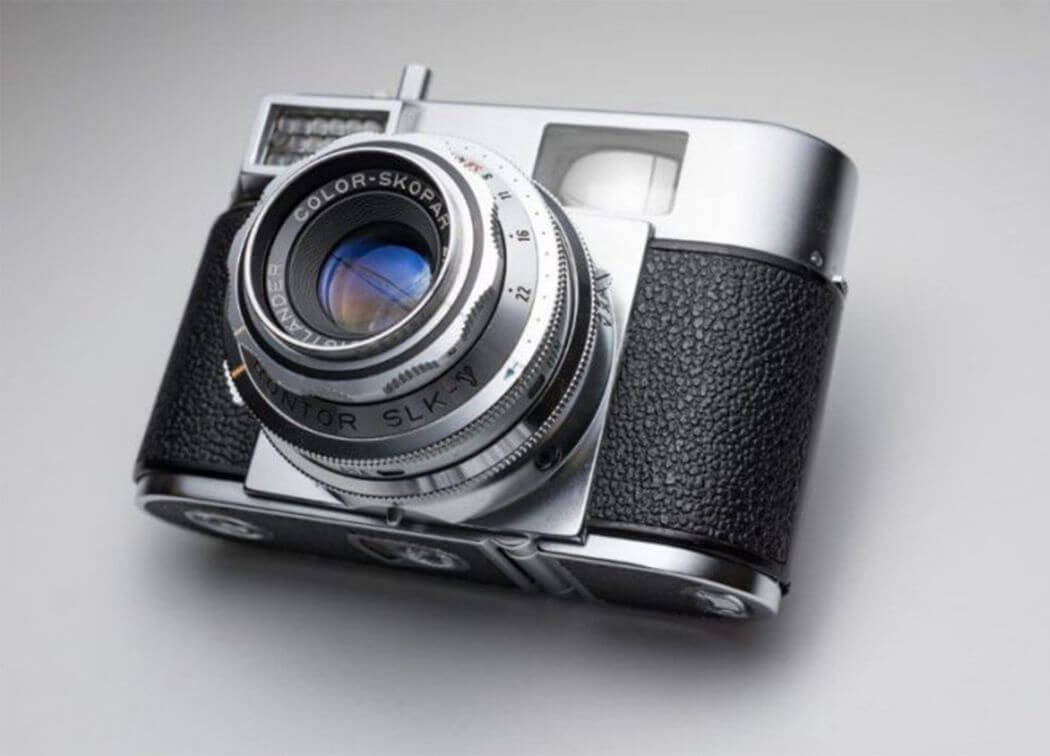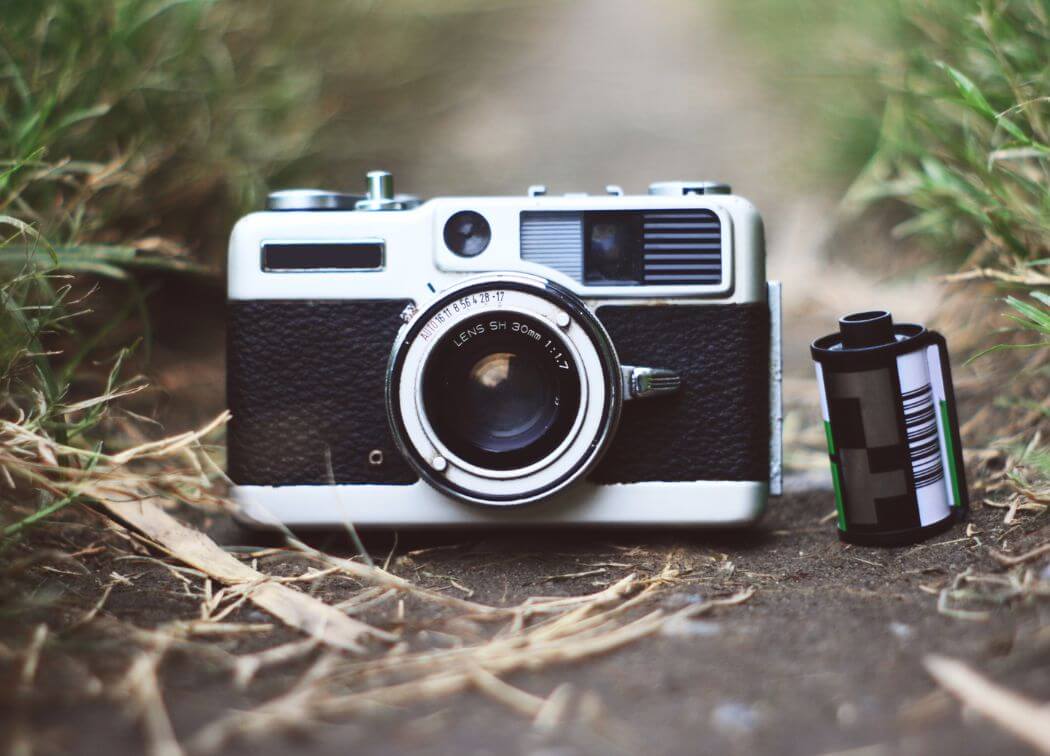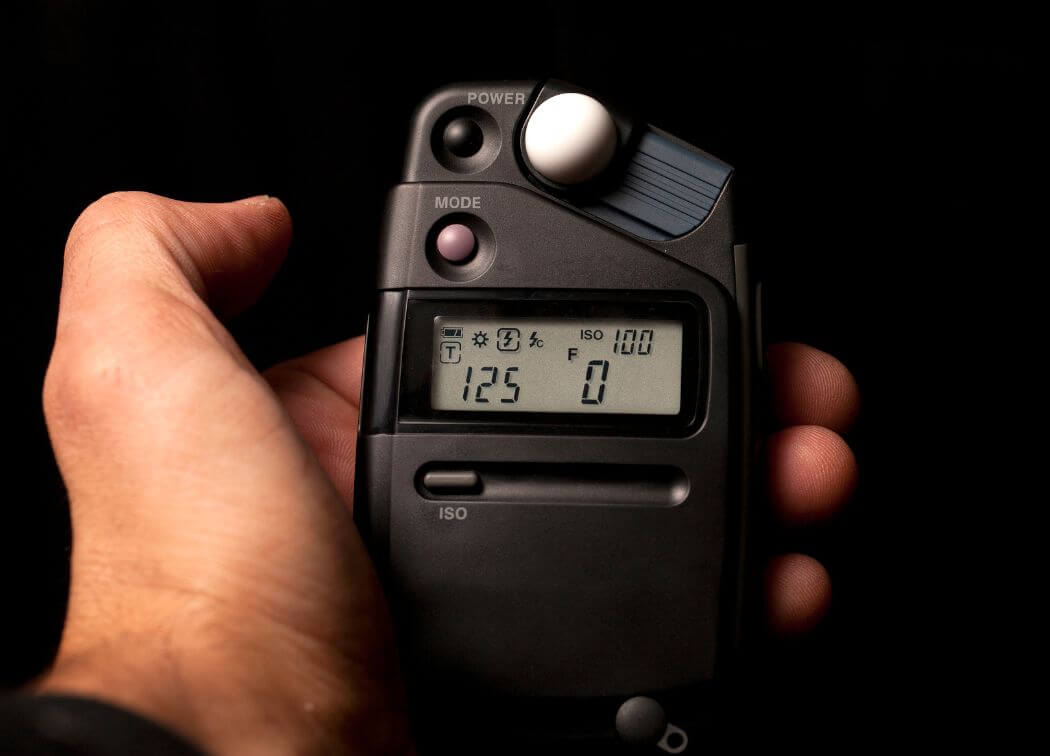If you are fairly new to photography, and your camera, its likely you are using the auto mode. Shooting in auto is perfectly fine when you are a beginner. But if you ever want to shoot portrait photos with smooth creamy blurred backgrounds.
If you ever want to shoot longer exposures and get blurred waterfalls. If you just want more control of the photo taking process, you are going to need to get out of auto mode.
I think its important to say this again. It’s perfectly fine to use auto mode when you are a beginner. In fact, I recommend using auto mode while learning things like composition.
Also, when you are taking important pictures like school graduation photos, or at a wedding. Those situations are not the time to get experimental.
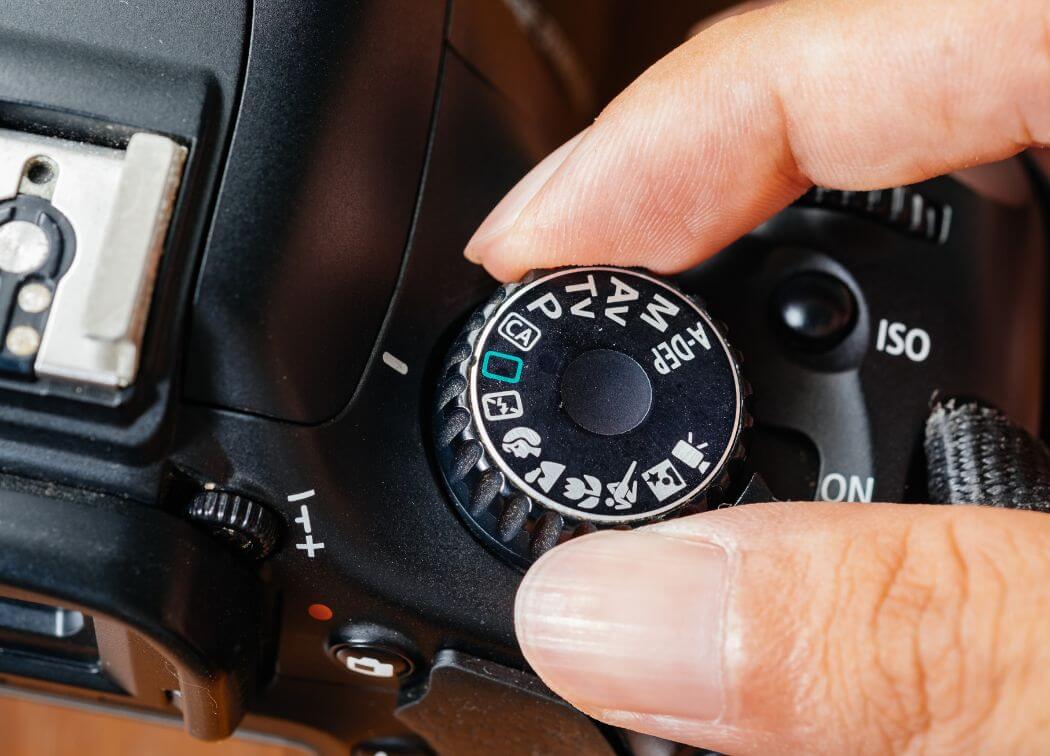
What is your photography goal?
Since you are reading this post, I have to assume you are interested in learning more and improving your photography skill.
There are really two things one needs to work on in order start to truly master photography. One is photo composition, which is a subject for a different post. The other is getting control of the camera. And the only way to learn to get full control of the camera is to get out of auto mode.
Do it a little at a time
I would not advocate just putting your camera in full manual mode and struggling with the controls until you start to get it. That’s a recipe for frustration and developing a healthy dislike the photography process. It might even push someone back into auto mode forever.
The best first way to get out of auto mode is to try Aperture Priority mode, the capital A and lower case v on the dial, usually shown as Av. On some cameras it might only be a capitol A. This setting allows you to control the aperture setting and the camera to take care of the other settings.
The “A” and “v” stand for “Aperture value” meaning the camera will not let you control the value of the aperture.
Personally, I use aperture priority about 80% of the time. This is a great go to mode for everyday photography. It’s by far the best first way to get out of auto mode. And its the only way to get photos like the one above with all the wonderful background bokeh (depth of field blur).
What’s an aperture and why do I care?
The aperture is the hole inside the lens that light passes through to get to the image sensor. The hole is created by a group of blades inside the lens, configured in a circular pattern. Part of the logo for Simple Photo Tips is actually an aperture.
Inside the lens that aperture can be different sizes, letting in more or less light depending on the need to capture the image.
In addition to letting in more or less light, the aperture size also affects the depth of the focus field. To say it a different way, it controls how wide the field of focus is. Anything outside of the field of focus starts to get blurry.
This is why you care about the aperture value, and want to get out of auto mode. Changing that value, changes how the image is exposed, and also how things will be able to be focused.
When you look at a professional portrait photo and the background has a nice creamy blurred effect. That’s the aperture value making the field of focus is shallow and everything behind the subject will be blurry.
This is where things get backwards
The values of the aperture can range is usually dictated by the lens and its capability. Typical values range from F/1.2 to F/22. The term F/Stop value is written as a fraction on purpose. The value F/2 mean ½ or one half. F/4 is one fourth and so on. In other words, the higher the F number, the smaller the aperture opening. Crazy right?
All you really need to remember is, a smaller F/Stop lets in way more light but has a narrow focus field. A larger F/Stop lets in way less light but has a much deeper focus field.
For me the middle ground is about F/5.6. Virtually all lenses will have that as one of the middle values.
Just remember, lower F/Stop more light, higher F/Stop less light. Alternatively, lower F/Stop smaller depth of focus, higher F/Stop larger depth of focus.
Get out of auto mode for landscapes
Put your camera on Av and set the aperture to F8 or F11 for landscapes to widen the depth of field and keep objects closer and farther away in nice sharp focus. This is a great way to get out of auto mode and practice.
Just a note: when you put the camera in smaller aperture settings like F11 to F22, it will slow the shutter down. This is because with the smaller opening it needs to stay open longer to let in more light. You might want to mount the camera on a tripod to reduce blur and shake.
How to put it to use for portraits
For portrait type shooting, try the lowest aperture your lens will allow, like F5.6, F4 or even lower. if you go lower than F4 step back from the subject a bit to ensure they stay in focus. Shooting at the aperture will cause the subject to be in focus but the background to blur slightly. Photographers will often refer to this effect as bokeh.
Don’t overdo it!
Just a small warning: Before putting your camera into full manual mode, learn all the functions and how they interact. Until you’re a little more comfortable with all the settings on your camera don’t try anything serious in manual mode. Chances are very high things won’t work out and I want you to feel some success!
These topics of Aperture, F-Stops, Depth of field, focusing range, etc can get complicated fast. And its not my intent to overwhelm you. Over time these things will become clearer.
Conclusion
For now, unless the photo is important as mentioned above, try to get out of auto mode. Get that camera into Aperture Priority mode and get out there and shoot some photos. You might be surprised by the results.

